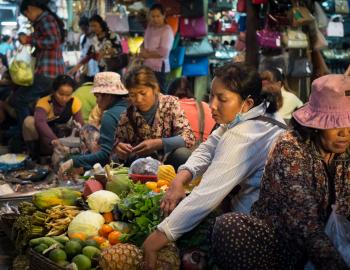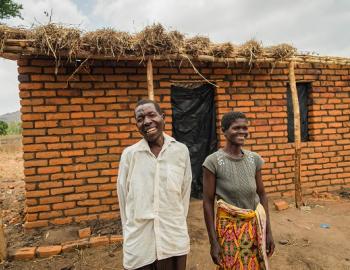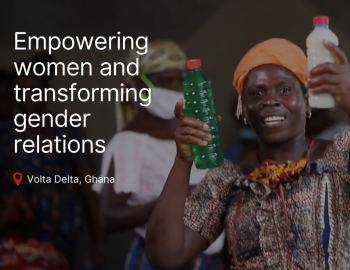Report: Women and climate change
Report: Women and climate change
Time to change for good: Gender should be at the heart of climate policies and programmes.
Among developing country decision-makers, there is little argument that the impacts of climate change are causing harm now. The effects are widely felt, from small island nations on the frontline of climate change, to densely populated deltas affected by sea level rise, from melting glaciers in mountain regions to drought- and storm-affected territories inland.
Dozens of developing countries are taking action to adapt to the impacts of climate change and to embrace low carbon development paths, recognising the benefits of green growth for economic competitiveness and stability. As climate finance begins to flow—and more is promised for the future—developing countries are challenged to design robust institutions and programmes for use of these funds.
From all of these dimensions, climate change has particular implications for women. Women’s wellbeing and life choices are profoundly influenced by social institutions: even without climate change impacts, they face gender inequalities which typically lead to higher rates of poverty and a deeper experience of poverty than among men.
Climate change imposes resource scarcity that affects women deeply, especially in those areas where they are the primary farmers and managers of fuelwood and water.
Gender considerations should be at the heart of climate change policies and programmes in developing countries because:
- women are differentially affected by climate change;
- differences between male and female roles and responsibilities may affect individuals' capacity for climate action;
- differences in voice and power mean that women’s priorities may not be recognised —from local to global level;
- gender-sensitive adaptation programmes are likely to be far more effective in safeguarding lives and livelihoods: when women are more empowered they are generally less vulnerable to disaster impacts;
- women have the potential to contribute as equal partners to the low carbon transition.
Will we ensure that adaptation and mitigation do not leave women relatively worse off? Will we take this chance to protect and enhance women’s and girls’ life choices, making a better future for all?
This publication outlines some of the initial steps the Climate and Development Knowledge Network (CDKN) is taking to ensure that development is both climate compatible and fair to women and men.



